My involvement with stills cameras as such started trough film photography, not because it was long time ago, but it was somewhat conscious decision. It was based on two reasons – accessibility of rather cheep but good cameras and inheritant discipline.
When I was child I got hold of Lubitel TLR camera, but I could not get film nor had any skill, tough I got hold of some old photo paper, that I sliced up in 60mm strips and loaded in camera, and if you expose the paper long enough (for minuter and even hours) you get a picture even without developing. Unstable one, but non the less. Camera had a broken iris, so I wanted to repair the lens/iris/shutter assembly, but could not do because I needed parts. After some year or two I got an other assembly with broken delayed release timer, so I wanted to combine both, but I could not anymore because I could not figure out how to put it together so that everything worked, well.
Next encounter with cameras was much, much later. I started to work as cameraman for a tour, and learned a lot about video, found my passion so to speak. One of colleagues had a DSLR – Canon EOS 400D and I got a chance to play with it, and discovered that I’m not that bad at it, but DSLRs at that time where hugely expensive, so I could not afford one even if I really wanted. I knew I need a stills camera as a educational tool, it is much easier to learn composition and exposure on it than on video camera.
At that time, with a friend of mine we acquired 16mm film cameras – Krasnogorsk 3 and were looking for some lenses, for its m42 mount. We found one man who was selling a good kit lens of the camera and as well a lot of other soviet still cameras, like Zenit, Kiev and so on. HE would sell lenses only with a camera so for 7 EUR I got hold of first Zenit TTL with HELIOS 44-4 58mm F/2.0 lens, camera was working and even it’s ttl exponometer. So got some films, started shooting and getting to know how to do it, and I was blown away by the color it was producing, how soft where the highlights and how organic the grain felt. I fell in love, I decided to try professional films and since then never bought an of the shelf one, but one that is kept in refrigerator. Later I expanded the lens assortment, mostly borrowing lenses from people that did not use them and bought some, even inherited some.
And then I got the Lubitel 166B, same as one I messed up, I traded for it to a antiques collector for some old new-old stock vacuum tubes I had no use of (I’ve built some tube guitar amps, and I’m rather good with soldering iron). Got film, and there I saw the superiority of the mid format. I love it, I would love to get 6×7 Pentax, even 645 Mamiya would do, but such cameras are expensive still, and it would be for my pleasure and not practical use, so if only I don’t get it as gift – I would have to have a lot of spare cash to by it.
I now own Canon EOS 40D and 7D and I understand the convenience of DSLR, but still I love my film cameras and I like using them, there is some magic in that format, and i still think that mid format film is superior than digital, 35mm not anymore, cinema maybe, because of temporal resolution properties of grain.
Have the film photography been educational? Oh, yes! Even so much that for any young photographer I suggest to start with film, you learn much quicker, and then when you realize the limitations of film – you can get DSLR.














